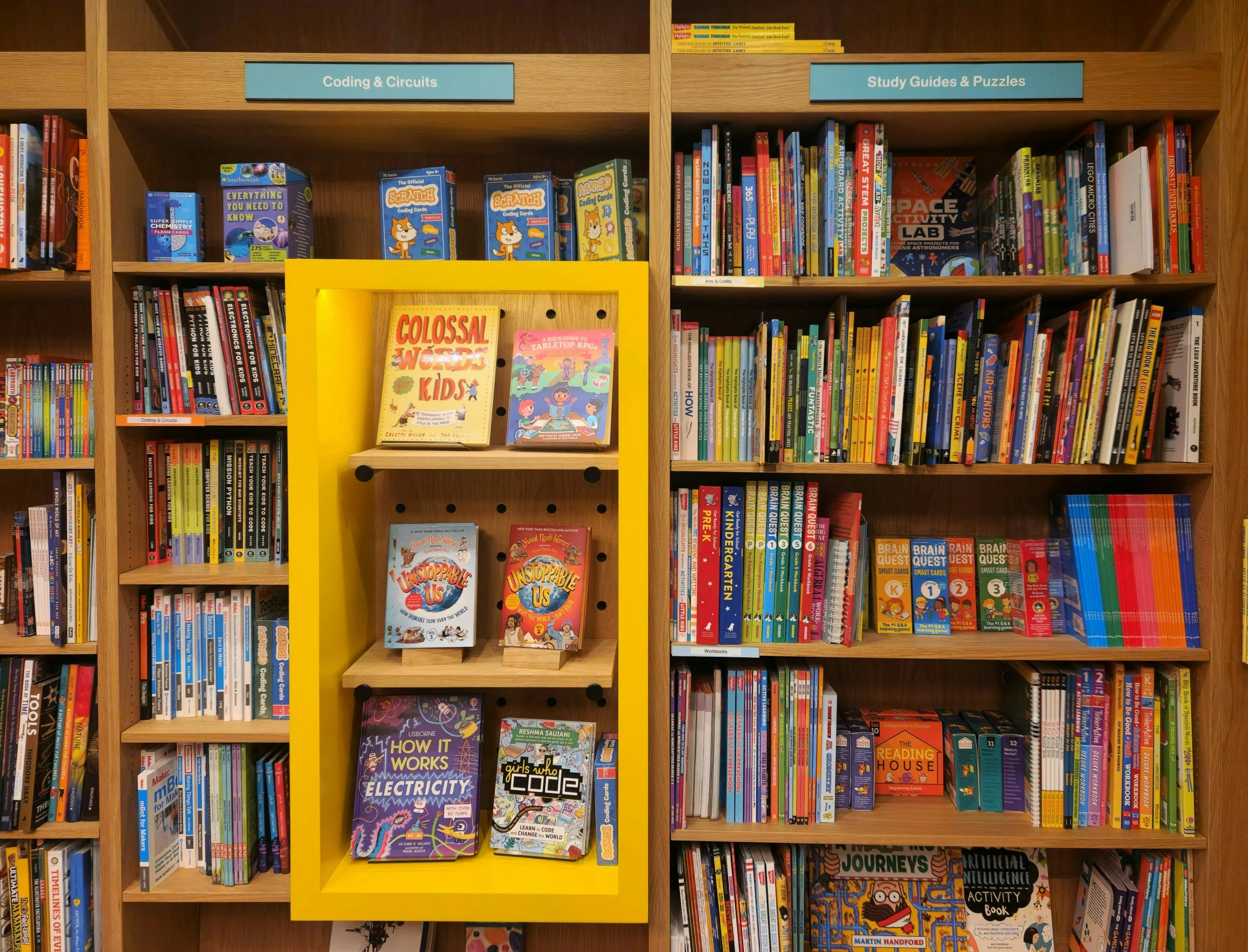How to Choose the Perfect Classroom Read
18 July, 2025 ● Written by STORYVOR
Choosing a book for a classroom assignment or read-aloud can feel more than a little daunting for the literacy-loving teacher. We want to find the one, that one, wonderful read that they’ll love, and that (hopefully) will launch our students onto bookish journeys of their own.
So how do we get there? It’s not always easy, but with a bit of planning and thoughtful strategy, it’s totally doable. Here are four simple tips to help you choose a book your class will connect with.
1. Know your audience
You might already have the perfect book in mind — an old favorite you loved as a child, perhaps — but the perfect book requires the perfect audience. The perfect book for the wrong audience . . . Well, it’s no longer the perfect book. Understanding the interests and reading levels of your students is essential.
Try starting a conversation about the students’ interests and jot down keywords you think could be appealing to the majority. You’ll likely be confronted with a range of interests and reading levels, so see if you can find a through-line within your students’ book ideas, something universal like friendship or family, and go with that.
Tip: Pick a book that can be enjoyed on more than one level, where stronger readers can dive deeper into subtext, but emerging readers can still follow and enjoy the plot. Where this isn’t possible, try letting your class split up into mini book clubs.
2. Align books with your teaching goals
Whether you’re teaching history, English, or science, pick a book that subtly supports your curriculum. A great classroom read entertains, but it can also educate without even trying.
Tip: Especially with reluctant readers, entertainment and storytelling should come first. The message or teaching goals shouldn’t be overt or didactic. In fact, a subtle message can be all the stronger and still lead to great classroom discussions.
3. Let your students choose
Involving students in the process of selecting a book can make them feel more invested in the material and in the class as a whole.
Once you’ve gotten to know your class and have decided on a few options for titles that align with your teaching goals, try holding a democratic “Book Election” where the students vote on a title from a short list of options, or consider allowing them to suggest books themselves.
4. Build up the book
Depending on how you incorporate the book into your curriculum, it can be useful to build interest over several lessons before you — or they — begin to read. Drop hints about the author, subject matter, or a particularly suspenseful scene, and position the book as a reward or a payoff, a wondrous collection of knowledge or secrets.
●●●
By working with your students’ interests and inviting them into the selection process, you’ll be on a good path toward getting them engaged and excited. Research shows that choice plays a huge role in our engagement and learning, so half the battle is making sure your students feel heard. Once you’ve chosen a book together, let it work its magic. The right title can serve as a powerful hook, drawing students in and setting the stage for many meaningful reading experiences to come.










